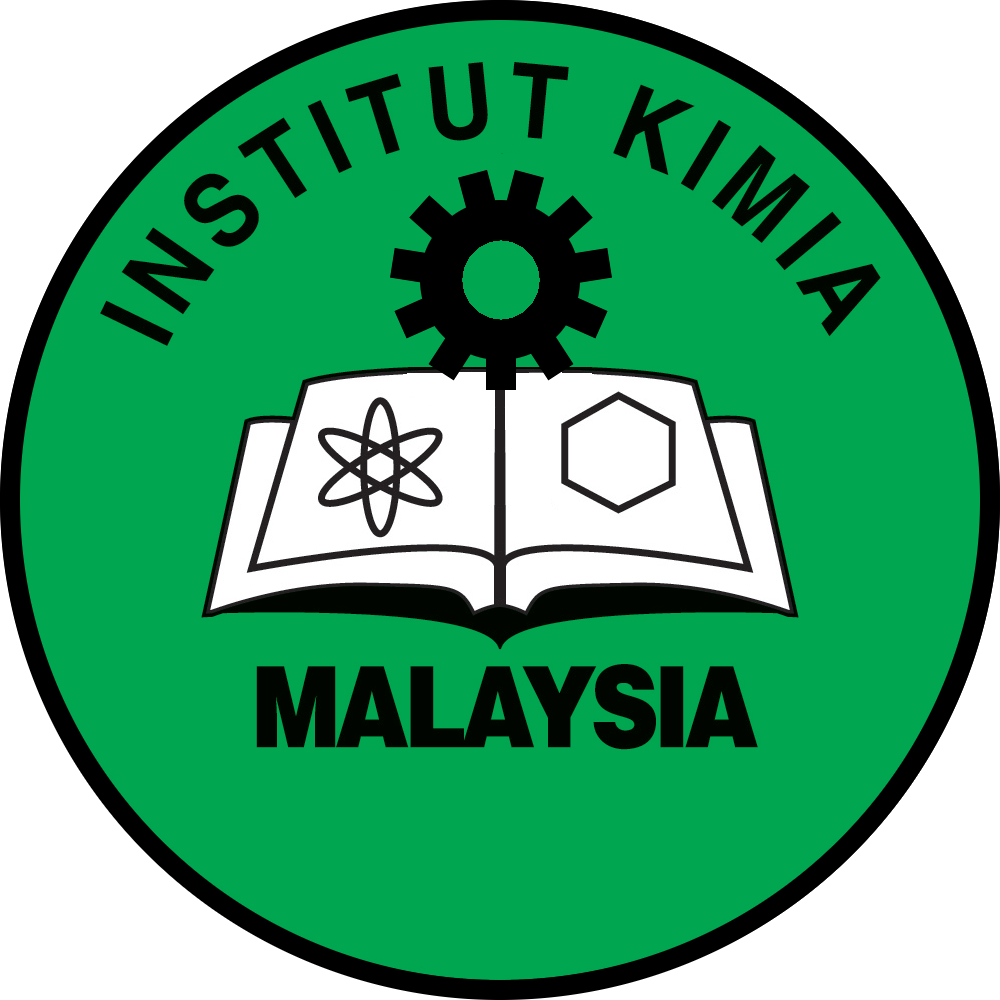Synthesis, Spectroscopic Evaluation and Preliminary UV-Vis Titration Study of 1,2-bis[N,N’-6-(3-pyridylmethylamido)pyridyl-2-carboxyamido]butane as a Potential Anion Receptor
DOI: https://doi.org/10.55373/mjchem.v26i2.67
Keywords: Butane; diamide; chromate; nitrate; spacer; analyte
Abstract
In an effort to produce a new receptor that can bind with a wide range of anions, a butyl group was combined as a spacer with two pre-organized amide moieties as the anion binding sites. This study presents the synthesis of a new compound, namely 1,2-bis[N,N’-6-(3-pyridylmethylamido)pyridyl-2-carboxyamido]butane, from the reaction between N-6-[(3-N-pyridylmethylamino) carbonyl]-pyridine-2-carboxylic acid methyl ester and butane-1,4-diamine in toluene. Characterization of this compound was accomplished using Fourier Transform Infrared (FTIR), 1H and 13C Nuclear Magnetic Resonance (NMR), UV-Vis spectroscopy and mass spectrometry. FTIR analysis showed the main absorption peaks of νstr(N-H), νstr(C=C), ν(C=O) amide and νbend(N-H) at 3267 cm-1, 1234 cm-1,1667 cm-1 and 1521 cm-1, respectively. 1H NMR analysis indicated the presence of methyl groups (δH 1.68-4.71 ppm), aromatic protons at 7.38-8.65 ppm and amides N-H resonance at 9.45-10.00 ppm. In the 13C NMR spectrum, methyl groups (27.72 ppm and 28.99 ppm), aromatic pyridine (124.09-149.32 ppm) and carbonyl groups (164.12 ppm and 163.52 ppm) were present. The UV-Vis spectrum showed absorbance peaks for carbonyl and pyridine at λmax 274 nm (n→
